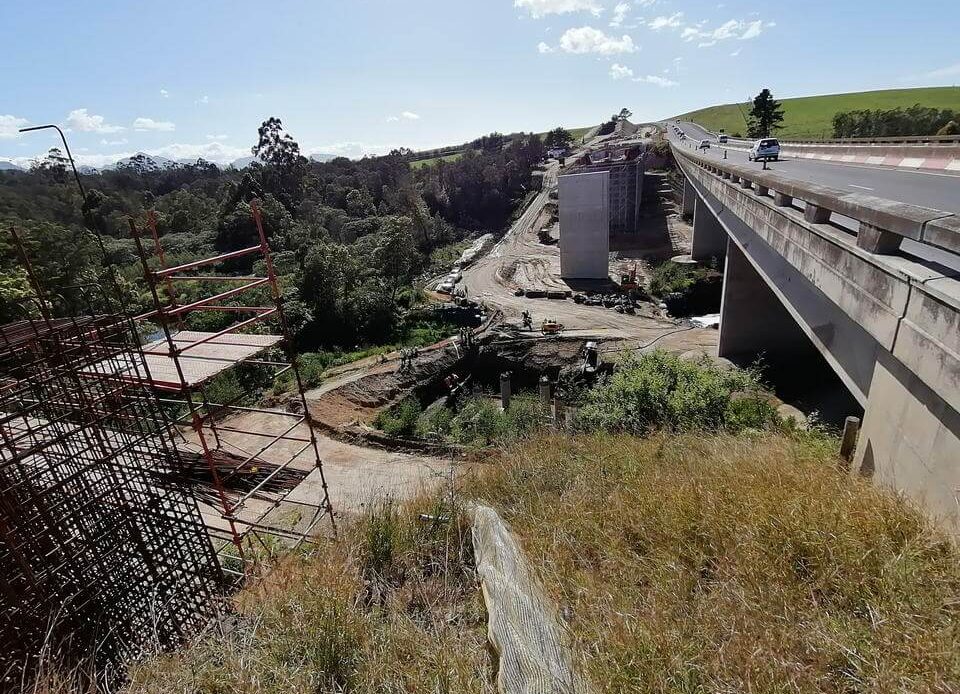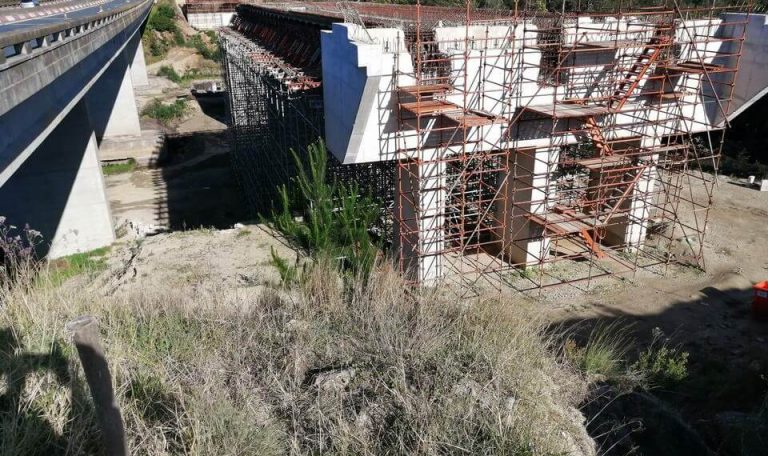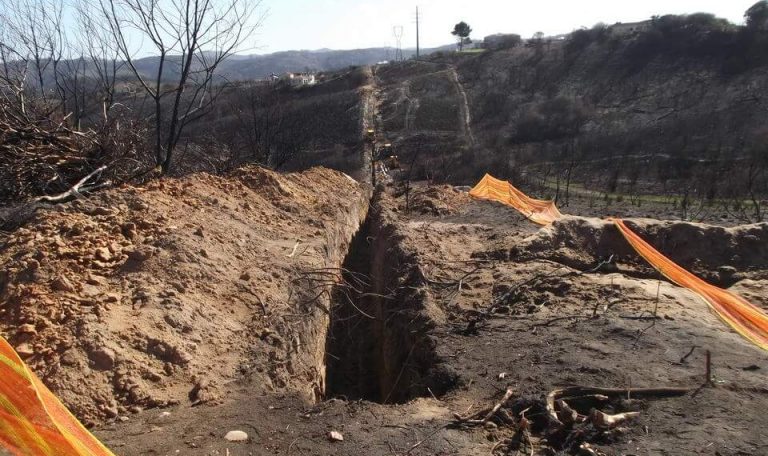
Environmental Impact and Basic Assessments (EIA / BA)
Environmental Impact Assessments (EIA)
Environmental impact assessments are required for all proposals that trigger listed activities in terms of Government Notices No. R.327 (Listing Notice 1), No. R.325 (Listing Notice 2) and No. R.324 (Listing Notice 3) of the 2017 Environmental Impact Assessment Regulations of the National Environmental Management Act, 1998 (Act No. 107 of 1998).
Basic Assessments
The Basic Assessment process entails an assessment of the description of the environmental attributes of the site and an investigation into issues and potential impacts. This is achieved by means of a Public Participation Process (PPP), which involves all Interested and Affected Parties (I&AP’s).
The process is designed to ensure that applications for smaller developments, which have less potential for significant social, economic and biophysical impacts, can be assessed and reviewed in a more concise manner. Any anticipated impacts are typically dealt with by seeking to propose measures to prevent, reduce, mitigate or manage the effects. Ultimately the process enables the competent authority to take an informed decision.
Full Scoping and EIA
The Full Scoping and EIA process is comprehensive with a detailed assessment that is applied to larger developments that will potentially have a significant impact on the social, economic and biophysical environment. A comprehensive understanding of the receiving environment often means that detailed specialist input is required to properly assess and quantify the nature of potential impacts associated with a particular development.
With the process broken down into two distinct phases, the scope of public participation and stakeholder involvement is also significantly expanded to ensure that more complex issues and concerns are fully understood and translated into the final Environmental Impact Assessment Report.
As with the Basic Assessment Process, impacts need to be prevented, reduced, mitigated and managed in a manner that is acceptable to the decision-making authority. The process culminates in the issuing of an environmental authorization.


















